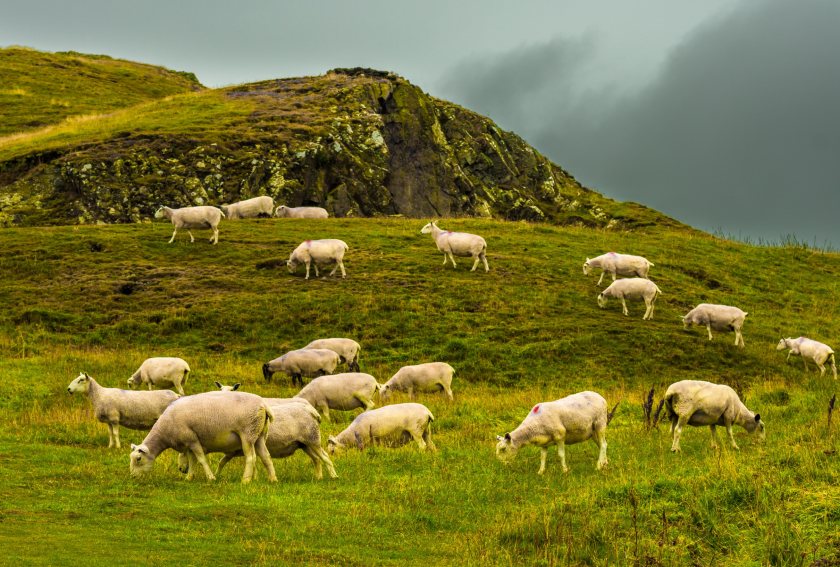
Turnover from Scottish red meat processing has risen for a third consecutive year – generating an estimated £926 million of output for Scotland's economy.
A new industry report has revealed the Scottish red meat sector contribution to food security and Scotland’s rural economy.
It follows the volatility of the past three years due to the pandemic, the UK’s exit from the EU single market, the Ukraine war and the cost-of-living crisis.
In the past year, livestock producers have seen feed costs spike above pre-war levels, while higher global oil and gas prices passed through to the cost of fertiliser, fuel, heating.
In addition, rising interest rates have pushed up the cost of borrowing for businesses in the red meat supply chain.
Quality Meat Scotland's (QMS) report shows that production continued throughout this challenging period and highlights that turnover from red meat processing has risen by 5% for a third consecutive year.
Iain Macdonald, market intelligence manager at QMS and author of the report, said: "Revenue generated from beef, offal, hides and skins are all estimated to have risen, partially offset by reduced revenue from lamb and pork sales."
After a slow start to 2022 for the cattle sector, farmgate prices for finished stock rebounded through spring before reaching record high levels between April and December, the report says.
However, store cattle prices were more subdued, struggling to rise above levels set earlier in the year.
Mr Macdonald added: “A combination of rising input costs, attractive cull cow prices and uncertainty over future agricultural support led to a renewed contraction of Scotland’s beef breeding herd, with numbers down 3.3% year-on-year in December.
"Calf registrations did, however, prove more stable, with greater use of beef genetics in the dairy herd underpinning numbers.
“Meanwhile, continuing labour supply challenges in Scotland’s abattoir sector and firm demand from finishers based in England, where the suckler herd had contracted more sharply since 2018, resulted in an increased outflow of store cattle, limiting the number of prime cattle available to Scottish abattoirs.”
QMS's report has also revealed that market prices in the sheep sector fell back from records set in 2021.
Market supply was supported by a rebound in import volumes as Covid control measures in China resulted a rebalancing of lamb exports from Australia and New Zealand towards the EU and UK.
However, this trend of rising imports did begin to reverse in the final quarter.
Mr Macdonald added: “Outside of a positive Christmas trading period, consumer demand for lamb struggled given its position as an expensive protein and the pressure on household budgets from a rising cost of living.”
In the pig sector, the report highlighted that the severe challenges continued for the first half of 2022. He added: “Elevated feed costs and a backlog of slaughter-ready pigs waiting to be processed weighed on margins and led to further losses for producers.
“By the end of the year, a sharp contraction in breeding pig numbers had fed through to supplies, providing further support to market prices, while feed costs had begun to fall back.
"A tightening of supply in the EU also pushed up import prices, supporting the competitiveness of home-produced pork in the domestic and export markets.”
The report found that despite employment in the primary processing sector being estimated to have reduced by around 4%, the overall wage bill remained unchanged due to the impact of a tight labour market on wages and salaries.
As the year progressed, labour supply challenges began to ease through the arrival of new staff from outside Europe.
Mr Macdonald concluded: “Livestock farming and processing is vital to our rural economy, so it’s positive to see that some input cost pressures are starting to ease back from the highs of 2022.
"In the first half of 2023, we have seen Scottish households continue to increase their spending on beef, lamb and pork - proving that Scots still have a strong appetite for red meat.”
